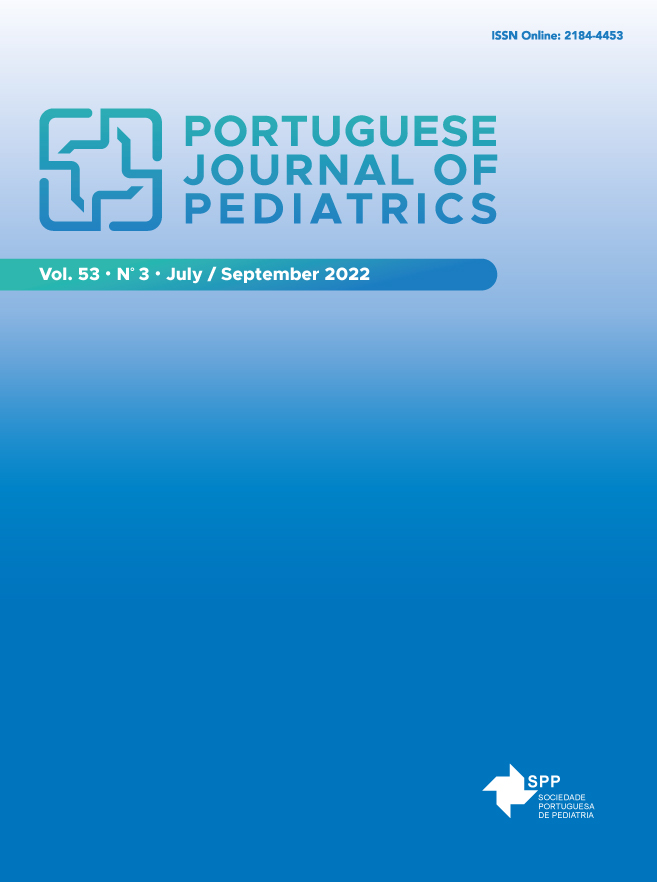Can Molecular Allergology Be a Useful Approach Towards Pet Allergy?
DOI:
https://doi.org/10.25754/pjp.2022.22339Abstract
Introduction: The increasing presence of pets in domestic households, coupled with the significant levels of pet allergens foundin places without animals (eg schools, nurseries, workplaces) has contributed to an increase in the frequency of allergies to these animals in industrialized countries. This study aimed to assess the prevalence of allergic sensitization to pets using the test ImmunoCAP ISAC (ThermoFisher Scientific, Massachusetts, USA).
Methods: Retrospective study of patients, in the age range of 0-18 years, who were followed at our pediatric allergology
outpatient center and tested with ImmunoCAP ISAC between April 2015 and September 2019. Epidemiological, clinical, and laboratory variables related to pet allergies were assessed.
Results: A total of 101 individuals were included in the study, with a median age of 8 years and 4 months, of whom 62/101 (61.3%) were male. It was found that 42/101 (41.6%) had sensitization to at least one major animal-specific allergen, and in this group, 24/42 (54.8%), 12/42 (28.6%), and 7/42 (16.7%) were monosensitized, bisensitized, and polysensitized, respectively. A major sensitization to dogs was detected in 25/101 (24.8%) patients. The allergen Can f 1 was the most detected (17/25, 68%) followed by Can f 5 (10/25, 40%, six of whom were female). Cat sensitization was observed in 37/101 (36.6%) patients, with Fel d 1 being the most detected molecular allergen (33/37, 89.2%). All cases sensitized to Fel d 4 (n = 5) were also sensitized to Fel d 1. Half of the cases sensitized to Fel d 2 (4/8, 50%) were not sensitized to Fel d 1, and 3/4 (75%) of them were sensitized to Bos d 6 in the context of clinically relevant cow milk allergy. All cases sensitized to Equ c 1 (n = 4) were also sensitized to Fel d 4. Asthma was found in 29/101 (28.7%) of the children and the majority were sensitized to pets (21/29, 72.4%). All the patients polysensitized to major animal-specific allergens were also asthmatic (7/7, 100%). It was noted that all patients polysensitized to other aeroallergens (mites, pollens, and fungi) were also sensitized to pets, the majority being asthmatic.
Discussion: Monosensitization to a major animal-specific allergen was more frequent than polysensitization. Fel d 1 and Can f 1 were the most frequent molecular allergens involved. The majority of the asthmatic patients in our study were sensitized to pets, and all of the patients polysensitized to major animal-specific allergens were also asthmatic, indicating that pet sensitization was a representation of a more complex and serious phenotype of the allergic disease. Furthermore, the majority of the patients polysensitized to other aeroallergens (mites, pollens, and fungi) were also sensitized to pets and were asthmatic as well.
Downloads
Downloads
Published
Issue
Section
License

This work is licensed under a Creative Commons Attribution-NonCommercial-NoDerivatives 4.0 International License.









